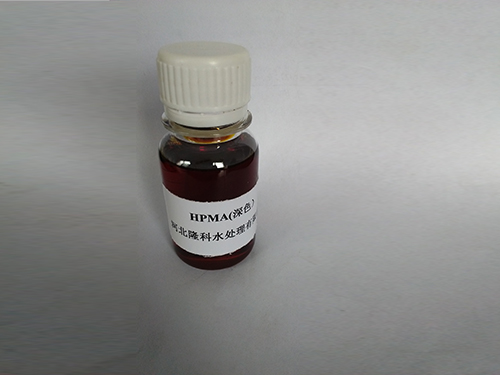Understanding the Safety Data Sheet for Polyaluminum Chloride and Its Usage Guidelines
Understanding Polyaluminum Chloride (PAC) and Its Safety Data
Polyaluminum chloride (PAC) is an inorganic polymeric compound that finds extensive use in various industries, particularly in water treatment, paper manufacturing, and cosmetics. Its effectiveness as a coagulant makes it a crucial component not only in municipal water treatment plants but also in industrial processes where wastewater management is essential. The safety and handling of PAC, like many chemicals, require attention to guidelines outlined in its Material Safety Data Sheet (MSDS).
Chemical Properties and Uses
PAC is synthesized by reacting aluminum hydroxide with hydrochloric acid, resulting in a formulation that typically includes a mixture of aluminum and chlorine. This compound has a high charge density and is effective in neutralizing charges in colloidal materials, which facilitates the aggregation and settling of particles in water. In water treatment, PAC is preferred over traditional aluminum sulfate because it forms larger and more easily removable flocs, leading to better purification of water.
In addition to water treatment, PAC is applied in the paper industry as a sizing agent and in the production of various cosmetic products where it functions as a thickener and emulsifier. The versatility of PAC makes it a valuable ingredient across different manufacturing processes.
Health Hazards and Safety Precautions
polyaluminum chloride msds

Despite its usefulness, workers who handle PAC must be aware of potential health hazards associated with the material. According to the MSDS, PAC can cause irritation to the eyes, skin, and respiratory tract. Prolonged exposure to dust or vapor can lead to serious health issues, underscoring the importance of appropriate handling procedures.
When working with PAC, it is critical to follow safety protocols to minimize exposure. Personal protective equipment (PPE) is essential, which includes wearing gloves, goggles, and masks. In case of skin contact, affected areas should be flushed with plenty of water, and if ingested or inhaled, medical attention should be sought immediately. It is advisable to work in well-ventilated areas to reduce the risk of inhalation of any dust generated during handling.
Environmental Impact
While PAC is generally regarded as an effective and safe chemical for treatment applications, its potential environmental impact must also be considered. When used in wastewater treatment, if not properly managed, residual PAC could affect aquatic ecosystems. Thus, it is crucial to monitor and regulate the use and disposal of PAC carefully to prevent any adverse effects on the environment.
Conclusion
Polyaluminum chloride is an indispensable chemical across numerous sectors due to its efficacy in water treatment and other applications. Understanding its properties, uses, and safety considerations is essential for anyone involved in its handling. The information provided in the MSDS serves as a vital resource for ensuring safe practices that protect both human health and the environment. As industries continue to evolve, ongoing education and training on the safe use of PAC will be paramount in ensuring that the benefits of this compound can be harnessed without compromising safety and environmental integrity.
-
Understanding Polycarboxylic Acids: Properties, Applications, and Future PotentialNewsJul.28,2025
-
Scale Inhibitor Explained: How to Protect Your System from Limescale and Hard Water DamageNewsJul.28,2025
-
Scale and Corrosion Inhibitors: Essential Chemicals for Industrial Water System ProtectionNewsJul.28,2025
-
Polyaspartic Acid: A Biodegradable Polymer for Sustainable ChemistryNewsJul.28,2025
-
Isothiazolinones: A Versatile Antimicrobial Class with Industrial Power and Regulatory ChallengesNewsJul.28,2025
-
A Deep Dive into 2-Phosphonobutane-1,2,4-Tricarboxylic Acid (PBTC)NewsJul.28,2025





